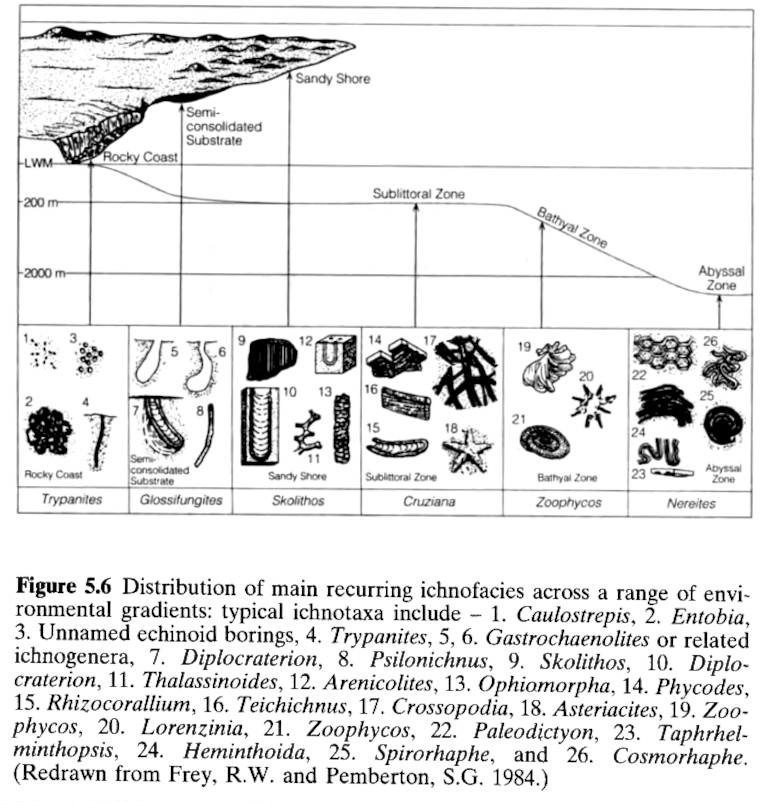What we missed #1
Well, by the time you're reading this you're onto the last part of the last week of macrofossils for EART27201. Well done for making it this far! Lets start video one (there are four this week, FYI).
Summary
Key points to take away from this video are:
- Sponges, or porifera, are important filter feeders in phanerozoic benthic communities.
- They appear early in the fossil record (exactly how early is debated), and are major reef builders throughout the phanerozoic.
- Bryozoa are an important group of colonial Lophotrochozoa, which are relatively common in the fossil record.
- They appear in the Ordovician and have been around since, and often appear as net-like structures in Phanerozoic rocks.
- Annelids are segmented worms, and a few groups in particular (machaeridians, scolecodonts, serpulids) are not uncommon as fossils.

